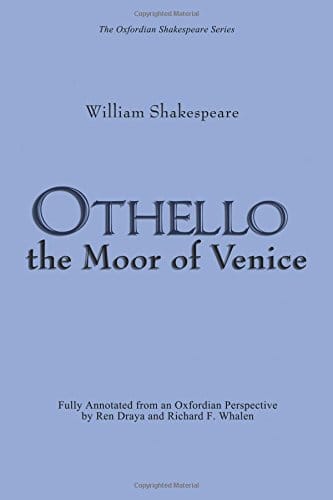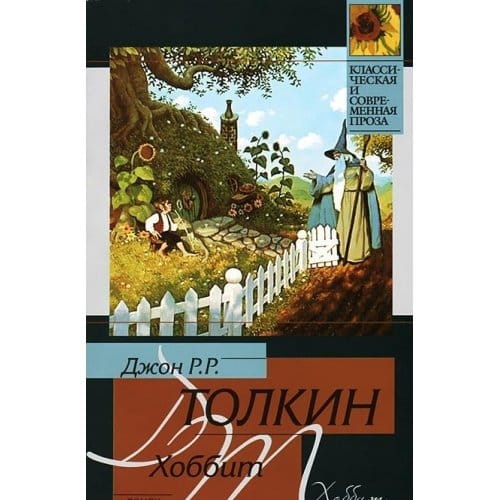Othello: Shakespeare’s Tragic Masterpiece Unpacked
A concise guide to Shakespeare's tragedy "Othello," covering plot, characters, themes, and modern relevance in under 160 characters.

Introduction: Why “Othello” Still Matters
William Shakespeare’s “Othello” remains one of the most performed and discussed tragedies in the theatrical canon. First staged in 1604, the play examines jealousy, love, betrayal, racism, and the destructive power of manipulation. Even four centuries later, audiences continue to find urgent relevance in Othello’s fall from celebrated Venetian general to tormented murderer. This article unpacks the plot, characters, themes, language, and contemporary significance of “Othello,” offering students, theatergoers, and literature enthusiasts a comprehensive guide.
Plot Overview in Brief
Set in Venice and later Cyprus, “Othello” opens with the secret marriage of Othello, a Moorish general in the Venetian army, and Desdemona, a noblewoman. Enraged by being passed over for promotion, Othello’s ensign Iago hatches a scheme to convince the general that Desdemona is unfaithful with Lieutenant Cassio. Through forged evidence, strategic gossip, and relentless insinuations, Iago sows seeds of doubt that lead Othello into a spiral of jealousy, ultimately culminating in tragedy: Othello murders Desdemona and, when his error becomes clear, takes his own life.
Major Characters and Their Motivations
Othello
A courageous soldier whose victories earn him respect in Venice, Othello nevertheless feels insecure about his outsider status. His tragic flaw is not simply jealousy but a profound trust in the wrong person.
Iago
Often described as one of literature’s greatest villains, Iago is driven by envy, racism, and a perverse delight in manipulation. His opaque motives—resentment over Cassio’s promotion, unfounded rumors about his wife and Othello, or merely pure malice—make him chillingly unpredictable.
Desdemona
Desdemona embodies compassion, virtue, and autonomy. She defies her father’s expectations by marrying Othello and remains loyal even when falsely accused. Her tragic fate highlights the vulnerability of women in a patriarchal society.
Cassio, Emilia, and Roderigo
Cassio’s naiveté, Emilia’s moral awakening, and the gullible Roderigo each help propel Iago’s schemes forward, illustrating how manipulation preys on personal weakness.
Key Themes That Drive the Tragedy
Jealousy as a Fatal Disease
Shakespeare personifies jealousy as a “green-eyed monster,” and “Othello” showcases how suspicion corrodes judgment. Othello’s transformation from rational leader to impulsive killer exposes how jealousy warps perception.
The Power of Manipulation
Iago’s rhetorical mastery demonstrates how words can become weapons. By exploiting gaps in knowledge and playing on social prejudices, he crafts an alternate reality for Othello that feels indisputable.
Race and Otherness
Othello’s identity as a Black Moor in predominantly white Venice informs the way other characters talk about him. While respected for his military prowess, he is still the target of racist slurs. These tensions magnify his insecurities, making Iago’s insinuations more effective.
Gender and Patriarchy
Desdemona, Emilia, and Bianca navigate a world where male honor dictates female fate. The play critiques the double standards and limited agency afforded to women, a topic that resonates in modern gender discussions.
Language, Symbols, and Dramatic Technique
From Othello’s exotic imagery to Iago’s blunt asides, language defines character. Pay special attention to the handkerchief, a seemingly trivial token that becomes ironclad proof of infidelity in Othello’s eyes. Shakespeare also uses dramatic irony—audiences know Iago’s plans while Othello does not—to heighten suspense and moral outrage.
Historical Context and Original Reception
Written during the early 17th century, “Othello” reflected anxieties surrounding the Ottoman–Venetian wars and England’s own encounters with multiculturalism. Contemporary audiences would have viewed a Moorish hero as both fascinating and threatening. Records suggest the play was a popular success, earning praise for its emotional power and innovative storytelling.
Modern Relevance and Adaptations
Whether staged in traditional Renaissance costume or set in a modern military barracks, “Othello” adapts easily to new contexts. Filmmakers have reimagined the story in high school (“O”) and South African settings, while theater directors often emphasize systemic racism or PTSD among soldiers to draw parallels with today’s issues.
Recent discussions have also explored color-conscious casting, with actors of different ethnic backgrounds playing Othello to interrogate how society constructs race. Digital technology—live-streamed performances, TikTok monologue challenges, and virtual reality stages—introduces the tragedy to new audiences, proving its enduring appeal.
Tips for Reading or Watching “Othello”
1. Read the play aloud to appreciate Shakespeare’s rhythm and rhetorical shifts.
2. Track symbolic items, especially the handkerchief and Othello’s sword.
3. Compare film adaptations to observe how staging choices highlight different themes.
4. Discuss the play with others; “Othello” thrives on debate over motives and morality.
5. Consider the historical lens but also reflect on contemporary parallels to racism, toxic masculinity, and misinformation.
Conclusion: The Lasting Echo of Tragedy
“Othello” endures because it taps into timeless human fears: the dread of betrayal, the pain of alienation, and the ease with which truth can be twisted. Shakespeare’s portrayal of a hero undone by internal and external forces invites us to examine our own vulnerabilities. As long as jealousy persists and words possess the power to deceive, the fall of Othello will continue to captivate and caution audiences worldwide.



